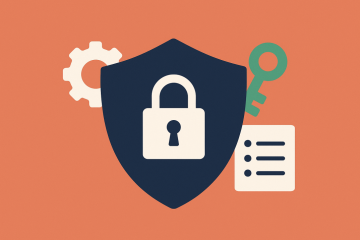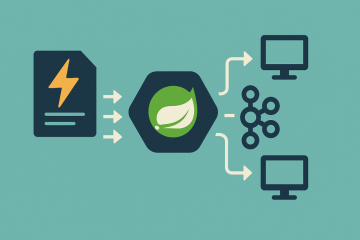Introduction
Choosing the right database for your Java backend application is a crucial architectural decision that impacts scalability, performance, data consistency, and future flexibility. SQL (relational) and NoSQL (non-relational) databases serve different use cases and understanding their characteristics is essential for backend developers and architects.
In this article, we’ll explore the differences between SQL and NoSQL databases, evaluate their strengths and limitations, and provide guidance on selecting the right one for your Java backend.
What is SQL?
SQL databases are relational databases that use structured query language (SQL) for defining and manipulating data. They store data in tables with predefined schemas and enforce ACID (Atomicity, Consistency, Isolation, Durability) compliance.
Popular SQL Databases:
- MySQL
- PostgreSQL
- Microsoft SQL Server
- Oracle Database
What is NoSQL?
NoSQL databases are designed for flexible data modeling and horizontal scalability. They typically relax some ACID properties in favor of performance and availability. Data can be stored in various formats such as key-value, document, graph, or column-family.
Popular NoSQL Databases:
- MongoDB (Document)
- Redis (Key-Value)
- Cassandra (Wide Column)
- Neo4j (Graph)
Key Differences Between SQL and NoSQL
| Feature | SQL | NoSQL |
|---|---|---|
| Schema | Fixed schema | Dynamic schema |
| Data Model | Tables with rows and columns | JSON, key-value, graph, or column-based |
| Scalability | Vertical (scale-up) | Horizontal (scale-out) |
| Consistency | Strong (ACID) | Eventual (BASE) or tunable consistency |
| Query Language | SQL | Varies by DB (e.g., MongoDB query syntax) |
| Use Case Fit | Structured data with relations | Unstructured/semi-structured, fast writes |
When to Choose SQL for Java Applications
SQL databases are a natural fit when:
- Your data is highly structured and relational
- You require complex joins, transactions, and constraints
- Data integrity is critical (e.g., financial systems)
Java Integration:
- Use Spring Data JPA or Hibernate for ORM
- Leverage JDBC for direct access
When to Choose NoSQL for Java Applications
NoSQL databases are better when:
- Your data model is flexible and changes frequently
- High write throughput and low latency are required
- Application needs to scale horizontally across nodes
- Schema-less or semi-structured data (e.g., IoT, social feeds)
Java Integration:
- Use Spring Data MongoDB, Redis, or Cassandra support modules
- Use native clients or Object Document Mappers (ODMs)
Hybrid Approach: Polyglot Persistence
In complex enterprise applications, combining SQL and NoSQL is a growing trend known as polyglot persistence. For instance:
- Use PostgreSQL for transactional data
- Use Redis for caching
- Use MongoDB for storing logs or analytics
Java supports such hybrid models with Spring Boot’s ability to configure multiple data sources.
Conclusion
There’s no one-size-fits-all solution when it comes to SQL vs. NoSQL for Java backend applications. SQL provides robustness and reliability for structured data, while NoSQL offers speed and flexibility for modern, distributed workloads.
Evaluate your application’s consistency needs, data structure, scaling requirements, and query complexity to choose the appropriate database technology—or blend both for the best of both worlds.



0 Comments